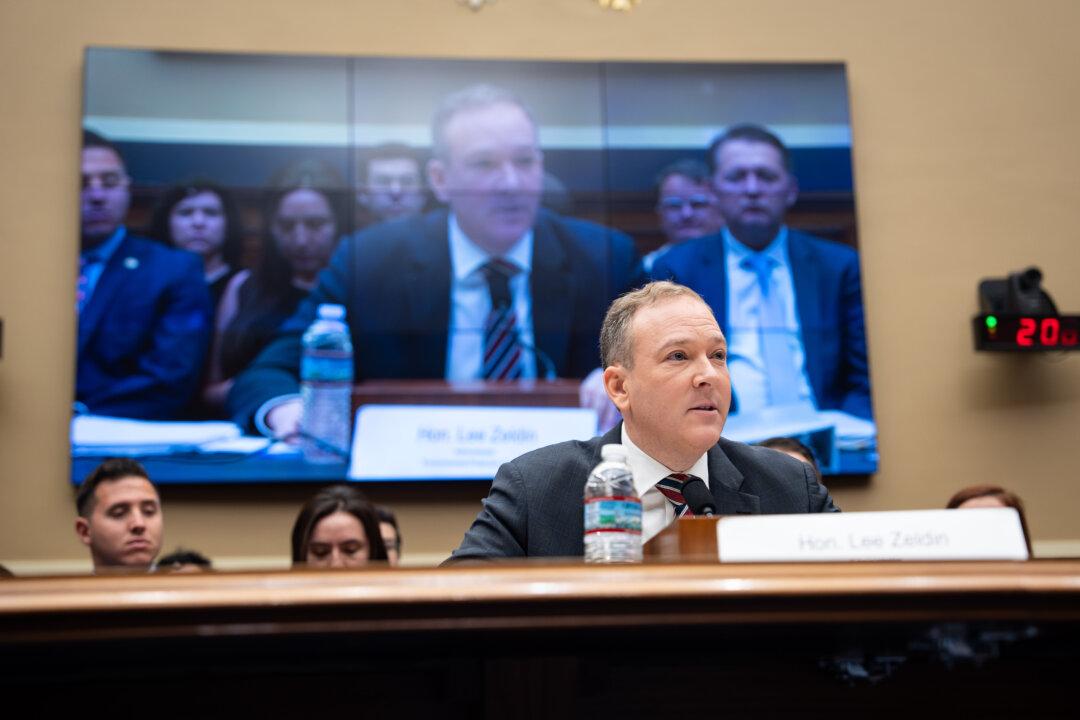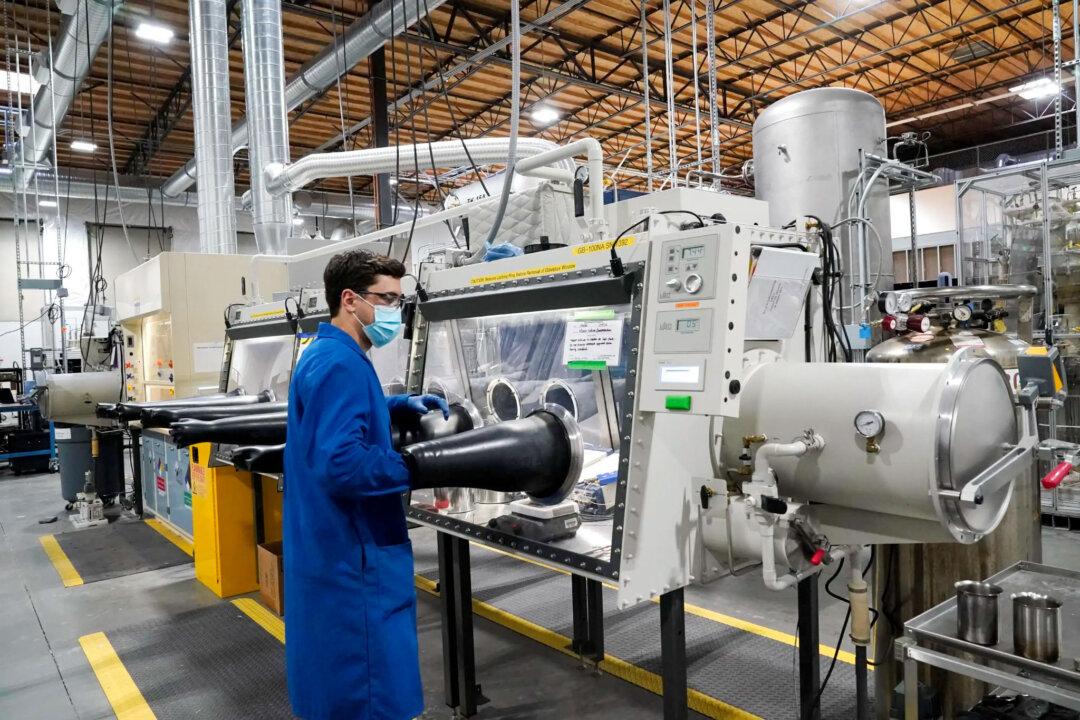The Trump administration’s proposed $4.2 billion fiscal year 2026 budget for the Environmental Protection Agency cuts its spending by 55 percent, slashes its 15,000-worker staff by at least a third, rolls back a broad slate of environmental regulations, and either rescinds or “claws back” billions in already approved grant appropriations.
The hearing often spiraled into partisan rhetorical combat, at times getting personal and ugly, including in exchanges between Zeldin and Sens. Sheldon Whitehouse (D-R.I.), Adam Schiff (D-Calif.), and Ed Markey (D-Mass.).
Democrats railed against proposed cuts of $2.46 billion in Clean and Drinking Water State Revolving Loan Funds, $1 billion in eliminating 16 “categorial grant” programs, $254 million in Superfund management, $235 million in disbanding the agency’s Office of Research and Development, $100 million in “environmental justice” awards, $100 million in the Atmospheric Protection Program, and $90 million in Diesel Emissions Reduction Act grants.
Sens. Angela Ashbrook (D-Md.) and Mark Kelly (D-Ariz.)—in more moderate tones—asked Zeldin about specific grant allocations for ongoing water and air quality programs that have apparently been defunded without notice, spurring lawsuits nationwide from states and local governments scrambling to sustain them midstream.
Republicans defended the administration’s drive to slash environmental regulations they’ve long challenged as duplicative and detrimental to economic development as the EPA mushroomed in size, spending, and regulatory reach.
“Our nation is in a dire financial mess. We are $37 billion in debt with no end in sight,” Sen. Cynthia Lummis (R-Wyo.) said. “Every EPA budget I’ve seen in the 13 years I’ve been here, all prior to this president under Democrat presidents, proposed massive increases in new employees at EPA, thousands of employees.”
She noted that the $9.5 billion fiscal year 2025 EPA budget called for 3,000 new employees.
“These are people we can’t afford,” she said. “Every state has its own department of environmental quality, and that’s where ‘cooperative federalism’ begins.”
She praised Zeldin for “making tough decisions,” assuring “laws will still be responsibly administered under [his] leadership.”
With the administration and House Republicans seeking to eliminate four sections of the Clean Air Act and nine sections of 2022’s Inflation Reduction Act, rescinding funding for renewable energies, low-emission electrical generation, emission enforcement technologies, and “environmental justice” block grants, Democrats agreed that under Zeldin, such gutted laws would be “administered.”
“Mr. Zeldin,” Schiff said, “you’ve only been at the EPA for a few months but in that time, you’ve done more to dismantle this agency than probably all of your predecessors put together.”
Republicans countered that’s not a bad thing.

Resistance to Water Cuts
The EPA budget hearing, Zeldin’s first before the Senate after testifying on the spending plan May 20 before the House Energy and Commerce Committee’s Environment Subcommittee, is the opening volley in what’s certain to be a long, hot summer of debate about energy development and environmental regulation.Chair Sen. Shelley Moore Capito (R-W.V.) applauded the administration’s and Zeldin’s “aggressive efforts to undo the previous administration’s regulatory overreach” and said some cuts “reflect the best interests of hard-working Americans.”
But not all, she said.
“There are bipartisan programs that would be impacted if the proposed budget is enacted, programs that have done much to help continuously clean up the air, water, and land, as well as provide safe drinking water.”
Moore Capito cited the $2.46 billion cut in Clean and Drinking Water State Revolving Loan Funds allocations, an 89-percent gutting of a program that epitomizes “cooperative federalism.”
The state revolving fund provides states with seed money for water infrastructure improvements and other water-quality programs.
According to the May 2 White House memo, the program was “set up decades ago” and designed for states to “set up their own water infrastructure loan programs without continued annual appropriations.”
Untrue, Moore Capito said, noting the fund was created in 2021 as “the largest bipartisan investment in the state revolving funds and water infrastructure in our nation’s history, delivering more than $50 billion for drinking water, wastewater, and stormwater programs.”
The fund is not going to be cut by nearly $2.5 billion, she vowed, because it is critically important for rural communities, for her constituents in West Virginia.
“I and many of my colleagues have long been vocal about the importance of federal assistance for water infrastructure,” Moore Capito said. “I hope we can work together … to make sure adequate resources remain available to support our water systems.”







